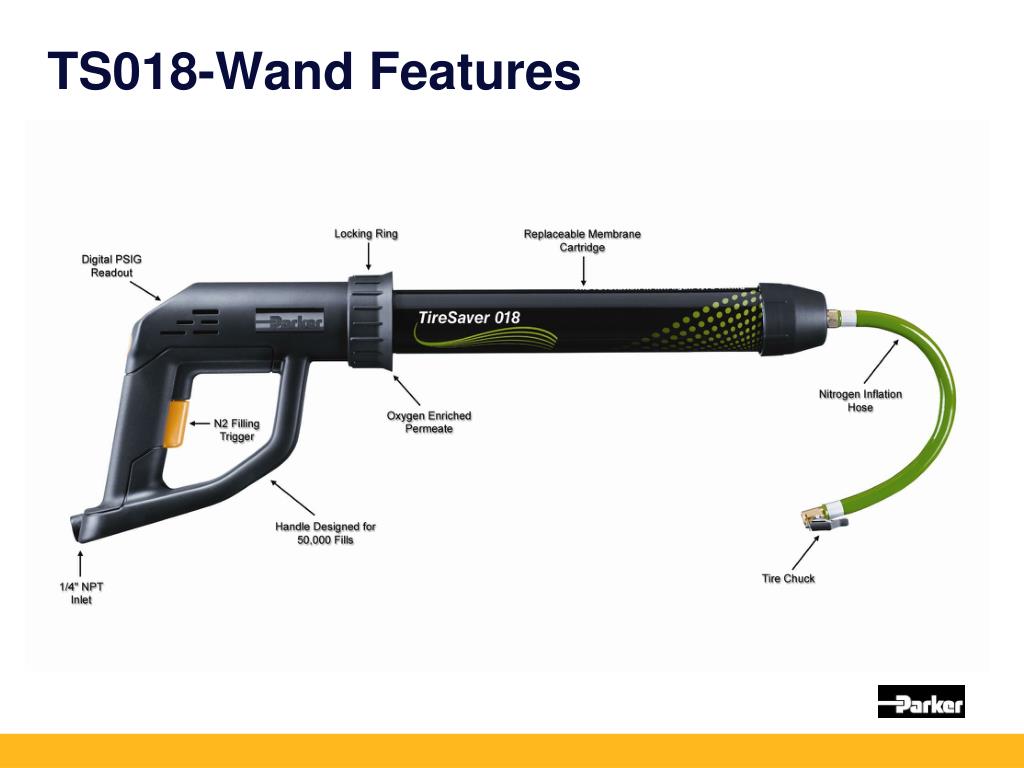The main benefit of nitrogen-filled tires is that the loss of tire pressure is slower, because the gas in the tire escapes more slowly than air does. With more stable tire pressure, the thinking goes, you’ll get better gas mileage and get full tire life since you’re always rolling on fully inflated tires.
Claims are also made that nitrogen in tires prevents tire “rot” by limiting the moisture that naturally occurs inside tires and heads off corrosion of the wheel that can be caused by contact with moisture.
These claims are overstated. The advantages of tires filled with nitrogen, instead of plain ol’ air, aren’t big enough to justify the price tag or the inconvenience. On new car tires, the cost can range from $70 to as much as $179. On existing tires, you’ll pay up to $30 per tire for service to drain air and refill with N2. Refills will run you $5 to $7 per tire, which you can expect to do less often than with air-filled tires.
But you’ll still need topping off every two or three months.
Small amounts of air naturally leak out of tires over time, especially when tires are subject to large temperature swings. This is because the walls of tires are slightly porous. When a tire gets hot the air inside it expands. The added pressure pushes minute quantities of air out through the pores, so you occasionally have to get your air topped off even if your tire doesn’t have a hole.
Promoters of nitrogen tires point out they don’t lose tire pressure as fast as air-filled tires. Since nitrogen molecules are bigger than normal air molecules, it is harder for them to leak out. This means a tire filled with nitrogen will maintain air pressure longer. Therefore, they say, you’ll roll on tires that are always properly inflated, resulting in better fuel economy and longer tire life.
A normal tire filled with regular air loses an average 1 to 2 PSI (pounds per square inch) per month.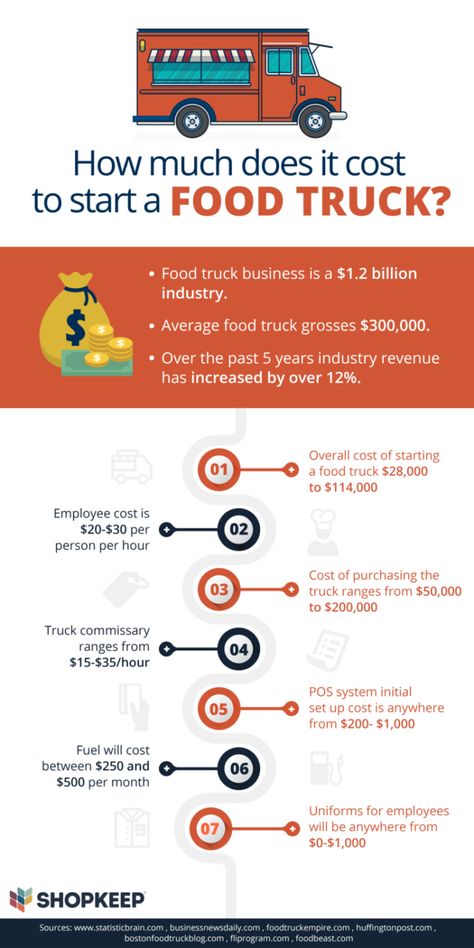 It’s true that there is a slower loss from nitrogen-filled tires. But this improvement is slight — only about 1.3 PSI less over the course of an entire year, according to Consumer Reports. It’s not enough to make a true difference in gas mileage or tire wear for people driving passenger vehicles.
It’s true that there is a slower loss from nitrogen-filled tires. But this improvement is slight — only about 1.3 PSI less over the course of an entire year, according to Consumer Reports. It’s not enough to make a true difference in gas mileage or tire wear for people driving passenger vehicles.
This is partly because air is already made up of 78 percent nitrogen and just under 21 percent oxygen, with the rest a mix of water vapor, carbon dioxide and other gases. When tires are filled from a nitrogen air pump this ups the percentage of N2 to between 93 and 95 percent. It’s never 100 percent.
Bottom line: Nitrogen will slow the amount of tire inflation loss to about one-third of what you’ll experience with air. This means instead of losing one to two PSI per month, you’ll lose ⅓ to ⅔ PSI per month. You’ll still need to check and top off your air roughly every other month to stay within the ideal inflation range. And you’ll spend far more than you’ll save on gas and tire tread life. You’re better off making simple tire maintenance part of your routine.
You’re better off making simple tire maintenance part of your routine.
There are more cons than pros for changing to N2 tires. For example, nitrogen filling tanks aren’t easily accessible like air compressor tanks. You’ll have to plan for refills in places that may be few and far between. This can cost you time and money. Here’s all the info.
Q. How much will it cost to get nitrogen in my tires?
A. For fills of new tires, between $70 to about $175 at some outlets. Drains of air and refills with nitrogen on current tires, up to $30 per tire.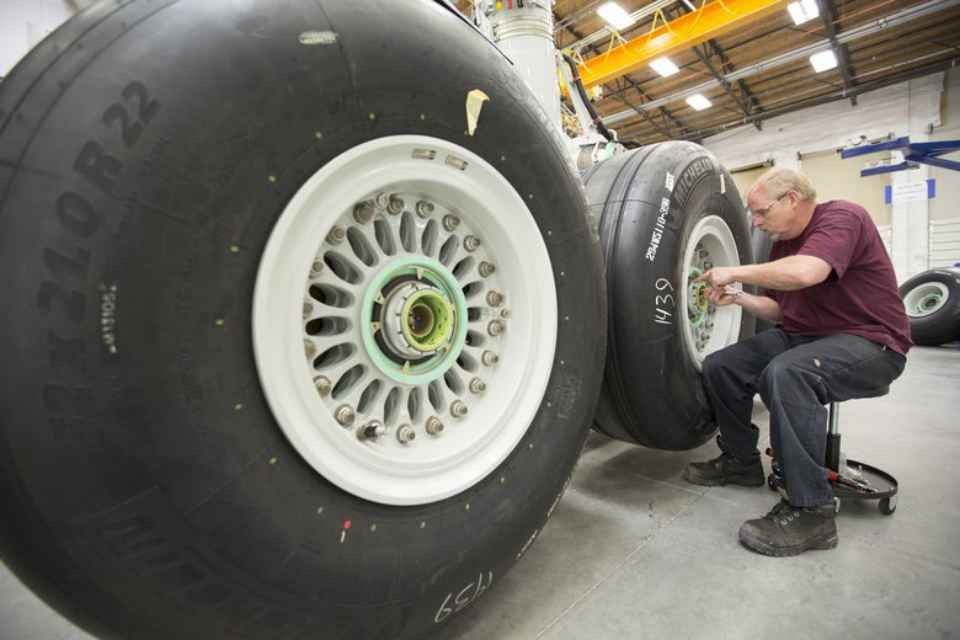 Topping off can be between $5 and $7 per tire. If you want to keep your tires within 1 PSI of the ideal, you’ll likely be topping off at least four times a year, probably more. This could be between $80 and $112 a year, and possibly a whole lot more. Compare this to paying nothing at all for regular air at a tire store, or around a buck per fill at a service station.
Topping off can be between $5 and $7 per tire. If you want to keep your tires within 1 PSI of the ideal, you’ll likely be topping off at least four times a year, probably more. This could be between $80 and $112 a year, and possibly a whole lot more. Compare this to paying nothing at all for regular air at a tire store, or around a buck per fill at a service station.
Q. Are they safe?
A. They’re as safe as regular tires. Nitrogen isn’t flammable and won’t cause your tires to explode.
Q. Will I get better gas mileage?
A. You’ll always get better fuel economy on properly inflated tires, whether they’re filled with nitrogen or air. Under-inflated tires can lower gas mileage by about 0.2% for every 1 PSI drop in the average pressure of all tires. They’ll also wear faster and be more prone to failure. The most economical way to make sure you’re driving on well-inflated tires is to just check your tire pressure once a month or get it done by a technician (free at good tire stores).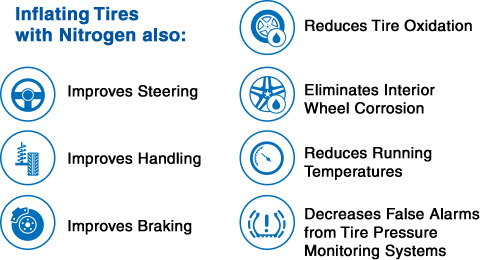
Q. Will nitrogen prevent tire rot? Wheel rust?
A. Nitrogen is a “dry” gas compared to oxygen (which makes up about one-fifth of regular air). Nitrogen-filled tires don’t generate as much moisture inside when tires expand from heat friction then contract when they cool.
However, rubber rot from moisture inside the tires of passenger vehicles is very unusual. Unless your tires are on a vehicle that’s rarely driven, it’s far more likely your tire tread will wear out before the small amount of moisture inside an air-filled tire degrades the rubber.
And today’s alloy wheels are coated to prevent corrosion on steel parts — the belts, beads and sidewall buttressing — that may come into contact with water, so that’s not a typical problem.
Q. Can nitrogen tires be filled with air?
A. Yes. It’s unsafe to drive around on under-inflated tires, so don’t hold off thinking you need to wait to top off until you can get to a filling tank. It’s perfectly fine to add air and just get your next fill with nitrogen.
It’s perfectly fine to add air and just get your next fill with nitrogen.
Q. Do they run cooler?
A. There’s no significant difference between air-filled and nitrogen-filled tires in terms of running temperature.
Q. Where can I fill my tires?
A. Use this nitrogen dealer locator, but be aware that some filling stations require you to have purchased tires with them, or have a membership.
Q. Will I have a better ride?
A. There’s no difference in handling or ride quality between tires filled with air or nitrogen, so long as they’re kept properly inflated.
Q. How can I tell if I have nitrogen in my tires?
A. The tire valve stem will have a green plastic cap or a cap topped with a green indicator.
Q. How do tires get filled with nitrogen for the first time?
A. The tire is purged of air and filled with nitrogen several times using a machine, which takes out most of the oxygen along with any water.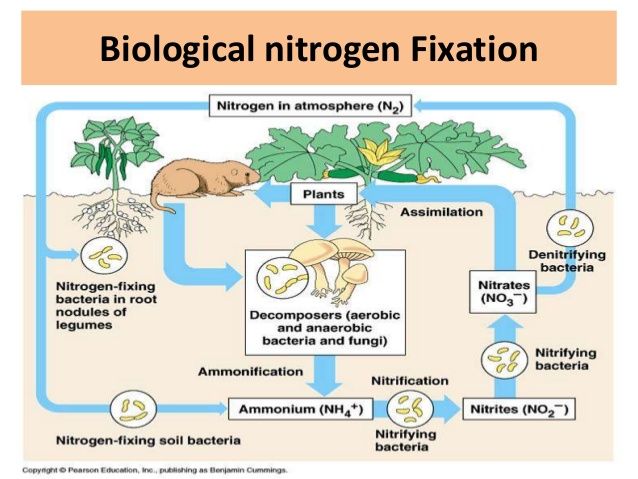
Learn More
Spread the love
Looking to fill your tires with nitrogen? Do you want to know if it’s worth your money and the hype? Why should you fill nitrogen in tires? We’ve broken down everything you need to know about nitrogen in tires.
Over the past few years, there’s been a lot of hype around inflating nitrogen gas in tires. Many car enthusiasts, manufacturers, and experts recommend filling nitrogen in tires. Do nitrogen-filled tires perform better than normal tires? What are the advantages of nitrogen in tires, and is it worth your money? We’ve answered these frequently asked questions about nitrogen-filled tires in this post. Keep reading to know more.
Tire pressure in your vehicle changes according to the ambient temperature. This happens because the gas inside the tires will expand when the temperature rises and contracts when the temperature is cold. This is why car care experts recommend checking tire pressure early in the morning before the sun’s heat or heat generated due to driving changes the tire pressure.
This is why car care experts recommend checking tire pressure early in the morning before the sun’s heat or heat generated due to driving changes the tire pressure.
Like regular air, nitrogen too will compress and expand when the temperature changes. But the time taken for the pressure to change in nitrogen-filled tires is usually longer than in compressed air-filled tires. Airplane tires use nitrogen because temperatures can change drastically during take-off and landing. Also, nitrogen is preferred in auto racing for this same reason.
Nitrogen is more stable: As we mentioned above, nitrogen tires can withstand heat longer, and the pressure bleed will be slower when compared to compressed air.
Longer tire life: Since the tire pressure decreases slowly, it translates to longer tire life.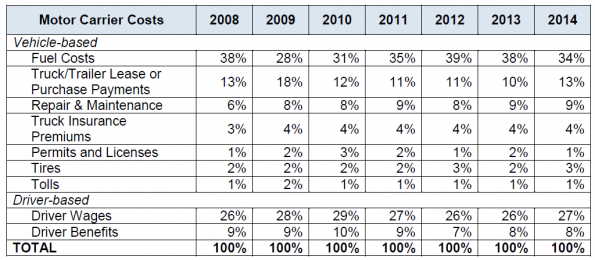
Better mileage: If inflated regularly, nitrogen tires will help maintain the tires properly and increase the car’s mileage.
No oxidation: Since nitrogen does not react with the metal in the rim or tire, oxidation chances are very low. On the other hand, oxygen will react with the moisture present in the tire and rust.
Expensive: Nitrogen is far more expensive than regular air.
Difficult to locate: Although nitrogen air is famous, it is difficult to locate a place, especially while traveling.
Time-consuming: The nitrogen filling process usually takes a lot of time, and you need to bleed and fill it several times.
Yes, you can fill regular air in a tire filled with nitrogen. However, remember that the regular air will alter the nitrogen concentration in the tire. Therefore, do it only when it’s absolutely necessary.
Therefore, do it only when it’s absolutely necessary.
It would cost you anywhere between $70 to $200 when you purchase a new vehicle and want nitrogen-filled tires. You will be paying close to $30to fill tires that have compressed air in them. That’s because the oxygen needs to be removed with multiple nitrogen refills. Topping off will cost you $5 to $7 per tire.
On average, a nitrogen tire will last for 3 to 4 four months. This does not mean that you don’t check your tire pressure regularly. Irrespective of the air you use, you need to constantly check your tire pressure.
Here’s more info on top-rated airport parking, best parking spots in your city, the most affordable insurance for your car, and top-rated car washes near you.
 Filling tires with nitrogen.
Filling tires with nitrogen. The benefits of using nitrogen to inflate (refill) wheels and tires are as follows:
 nine0006
nine0006 In addition, it is important to elaborate on the advantages that filling a tire with nitrogen will give you compared to filling a wheel with air.
Advantages of filling a tire with nitrogen compared to filling a wheel with air:

All these factors contribute not only to improving the performance of the tire, but also ensures the safety of the car on any road.
As a result, each car owner must clearly understand for himself that inflation (filling) of a tire with nitrogen has a number of advantages that not only help prolong the tire's performance, but also ensure comfort and safety on the road. nine0003
In summary, let's once again name the main advantages of pumping (filling) wheels with nitrogen:
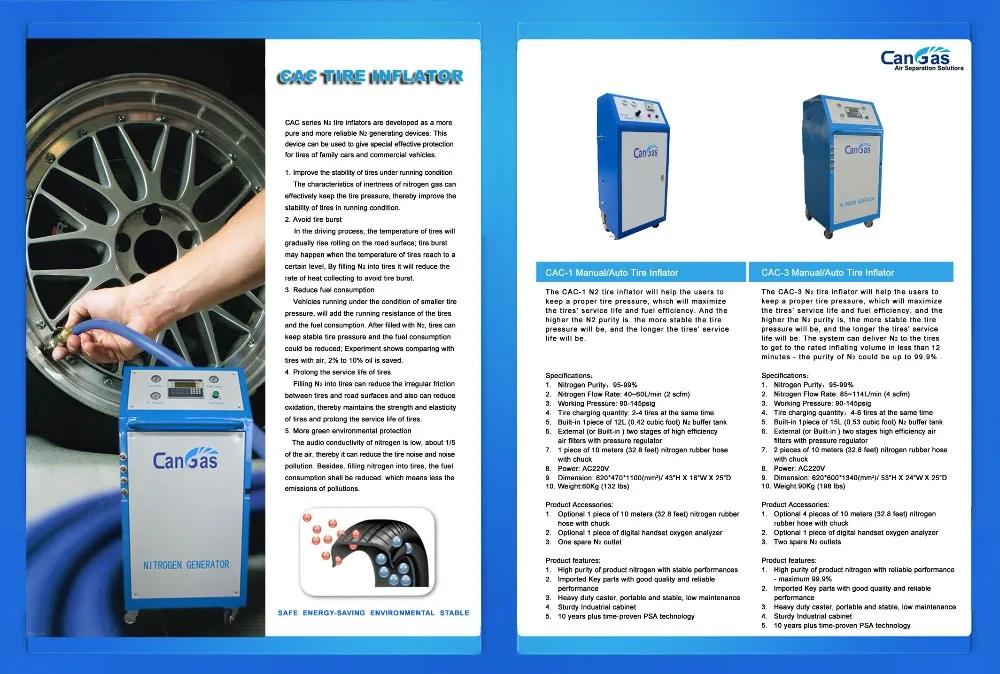 nine0006
nine0006 class="w1000">
In our branch on the street. Sorge, d. 7A there is a cafe. In it, you can comfortably spend time watching the work on your car on the monitors, as well as using high-speed free WI-FI.
Professional rim painting
Repair of side cuts and bulges
Seasonal wheel storage
Removing bolts/secrets
Window tinting
We accept for payment:
UNIFIED INFORMATION:
+7 (495) 799-02-20
24/7
remontdiskov@mail. ru
ru
ProfShinService
group of companies
Please introduce yourself
or
Select branch
Anokhina Zorge Rusakovskaya International Malygina Question to the DirectorYour question
x nine0003
Login or register
Nitrogen filling efficiency is due to the fact that nitrogen molecules have low chemical activity under normal conditions, it does not contain dust, oil, wet particles, and other components that reduce the life of the wheel. nine0003
In tires filled with nitrogen, there is no oxidation process of the steel cord. Oxygen contained in atmospheric air is an oxidizing agent, and high humidity inside a tire inflated with air leads to moisture condensation during temperature changes.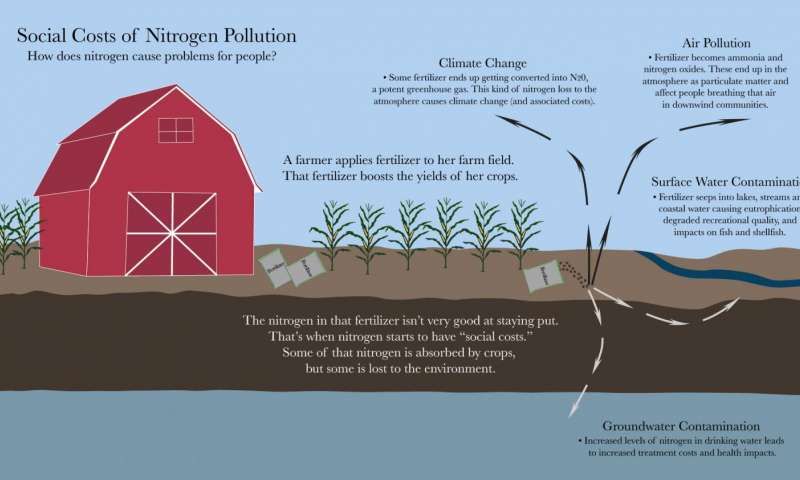 Together, these factors lead to corrosion of the steel cord, which reduces the life of the tire.
Together, these factors lead to corrosion of the steel cord, which reduces the life of the tire.
The pressure in an air-filled tire changes dramatically depending on the current tire temperature, and in summer this pressure reaches its maximum values. The coefficient of thermal expansion of air is large, therefore, for a passenger car wheel, the pressure increase of a tire heated after movement can reach 0.5 - 0.8 atmospheres. Under load, even a small hernia on a car tire or a serious puncture can lead to its rupture. For nitrogen, the coefficient of thermal expansion is much lower, and heating a tire for a wheel filled with nitrogen will lead to a pressure change of only 0.1 atmosphere. Nitrogen in the wheels is practically not subject to thermal expansion, therefore, it ensures the stability of the pressure inside the tire filled with nitrogen at any temperature. nine0003
The wheels of all sports cars, from Formula 1 to circuit racing, are filled with nitrogen only. Therefore, for aggressive driving and high speed enthusiasts, to ensure greater safety, we recommend that you follow the example of professional racers and fill your tires with nitrogen.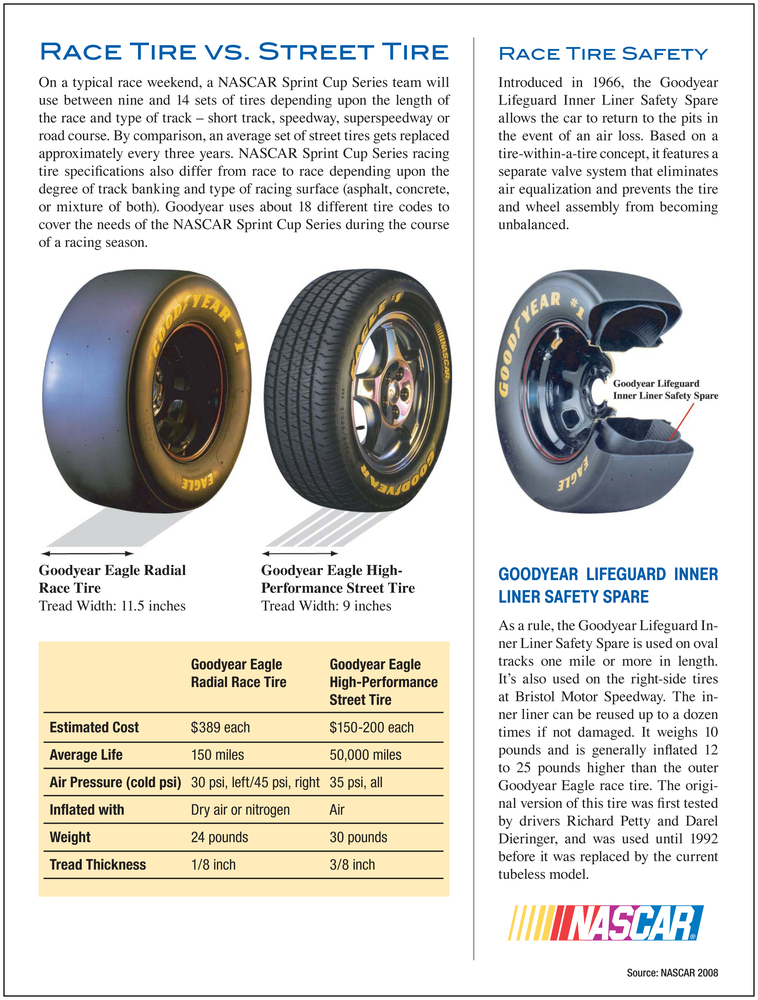
Stable tire pressure is needed not only in summer, it also applies to winter cold. As you know, it is harmful for a tire to operate with any deviations from the pressure recommended by the manufacturer. If the pressure in the tire exceeds the norm, then the center of the tread seems to “blow out” in relation to the edges, respectively, while the central part of the tread wears out more. If the pressure is lower, then the center of the tire is pressed in, the edges wear out more. And the increased amplitude of the bending of the metal cord quickly brings the death of the tire closer. Therefore, by inflating tires with nitrogen, you will significantly extend their life due to the stability of the pressure inside the tire. nine0003
